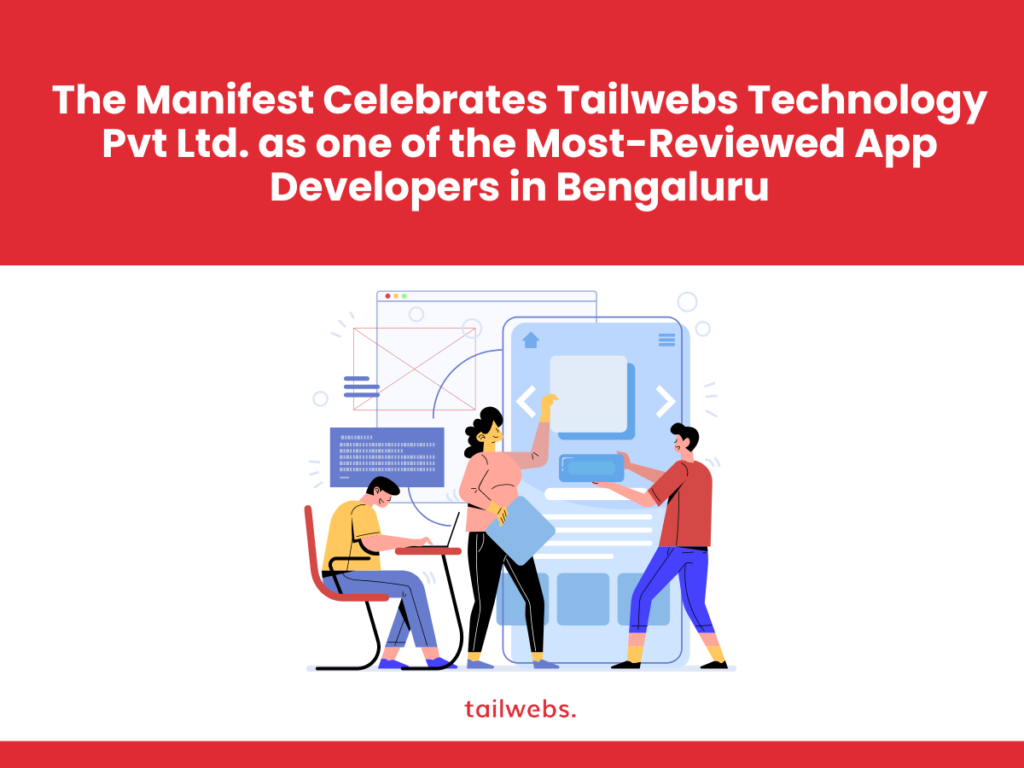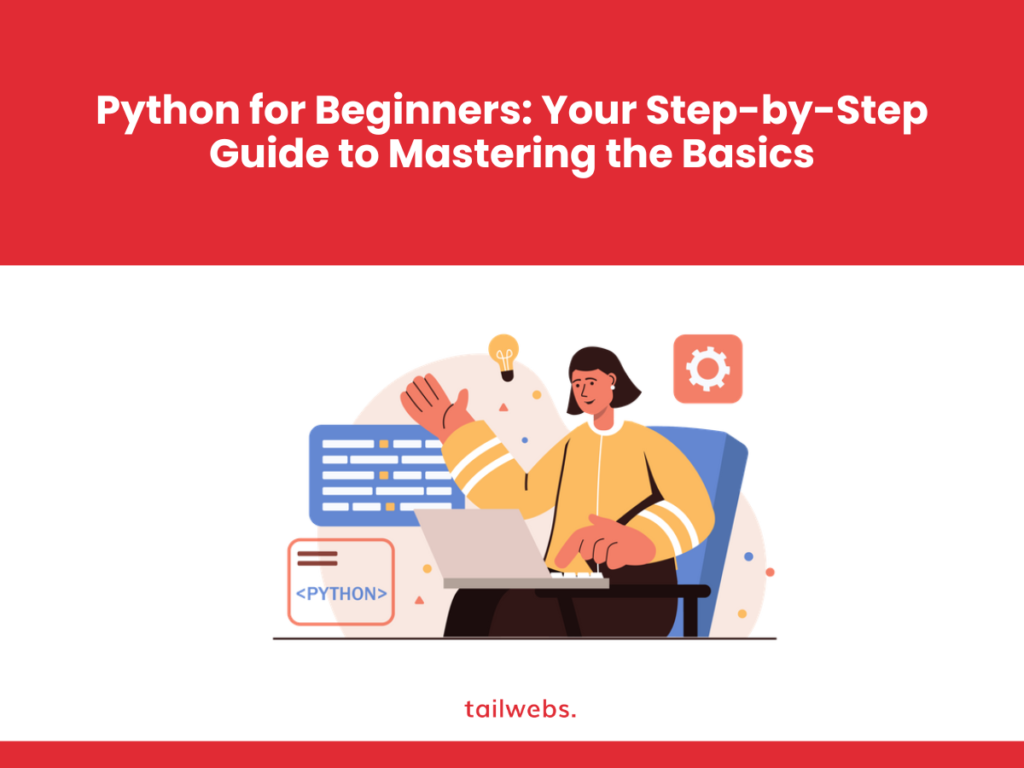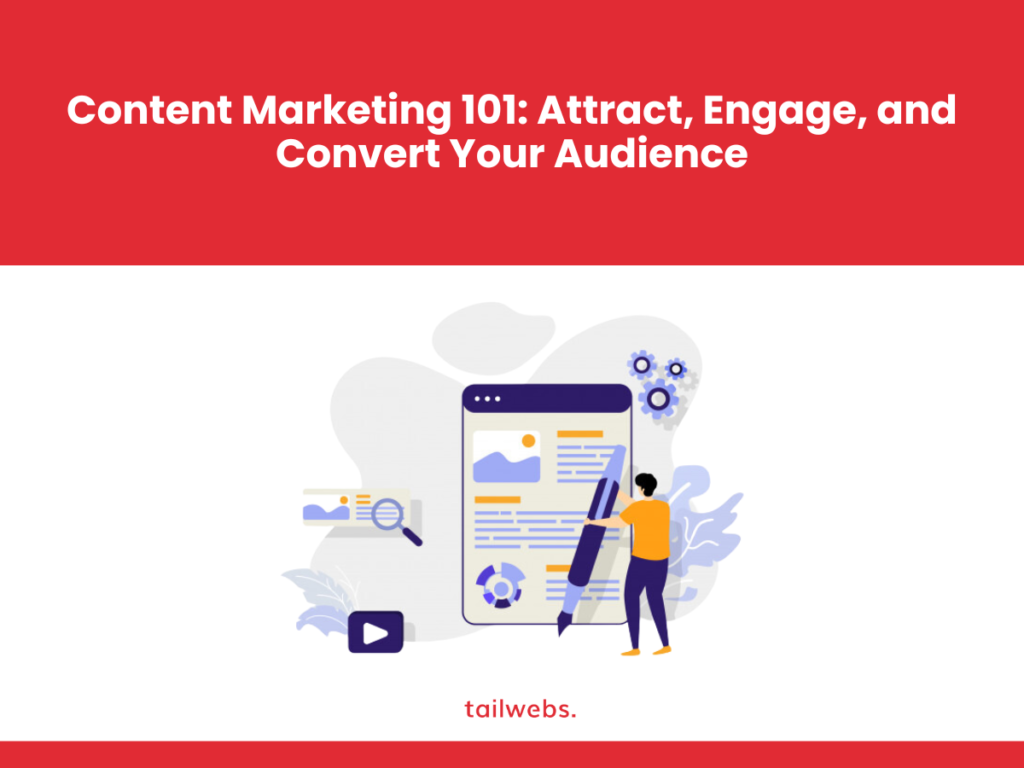While storytelling techniques have advanced significantly since the days of cave paintings, their psychological power remains tens of thousands of years later.
We make decisions with our emotional brain or limbic system. This set of brain structures is evolutionary old, and we share it with all other mammals, reptiles, and birds; it is governed by the amygdala, the brain’s emotional barometer.
The brain prefers stories to pure data because it receives so much information daily and must decide what is important to process and remember and what can be discarded.
Consider how you can engage multiple parts of your team’s brains rather than presenting them with a spreadsheet of data and rattling off numbers. Using data storytelling, you can elicit an emotional response on a neural level, aiding in remembering and acting on your points.
Numbers say it all;
Data narrative is the data-driven storytelling that helps everyone use data and statistics to tell more compelling, evidence-based stories for their organization. Businesses today have no choice but to embrace data, but unfortunately many have failed to adopt a Data Storytelling culture: effectively communicating your insights and giving your data a voice. The key is to use narrative to simplify and make sense of a complex data world.
- Gartner predicts that data stories will be the most popular way to consume analytics by 2025.
- According to a Statista report, 6% of marketers believe that data storytelling will be a strong determinant of future marketing success.
Numbers and Facts are simply data visualization, whereas narrative through Data visualization provides
- context,
- insight, and
- interpretation
This is everything that makes data more meaningful and analytics more relevant. Data story actualizes when the right visuals and narrative combine with the correct data, influencing and driving change.
What is data storytelling?
Data storytelling is the ability to communicate insights from a dataset using narratives and visualizations effectively. You can use it to contextualize data insights and inspire action from your audience.
Data storytelling consists of three major components:
Data itself
The foundation of your data story is a thorough analysis of accurate, complete data. Data analysis using descriptive, diagnostic, predictive, and prescriptive analysis can help you understand the whole picture.
The narrative behind the data
A storyline, also known as a verbal or written narrative, is used to communicate insights gleaned from data, the context surrounding it, and actions you recommend and hope to inspire in your audience.
Visualizations
Visual representations of your data and narrative can help you tell your story clearly and memorably. These can take the visual form of charts, graphs, diagrams, pictures, or videos.
You can use data storytelling both internally and externally. Internally to communicate the need for product improvements based on user data and externally to create a compelling case for buying your product to potential customers.
Characteristics of a great narrative through data visualization
Without a story, data is just numbers; and these numbers, no matter how useful they are, will not evoke the interest of anyone.
The primary goal of the new field of expertise known as Data Storytelling is to convert data into action. Human communication distinguishes it from data visualization. Data visualization aids in memorizing and better understanding information, while Data Storytelling aids in persuading and making the correct business decision more quickly.
For us to understand numbers and data, they must be placed in context. We can use stories to help numbers make sense not only to ourselves but also to others.
Visuals are the best way to accomplish this because they allow us to quickly and easily grasp insights while also assisting us in remembering those insights over time. What do you remember? The movie or meme you saw a few days back or the data sheet you read yesterday?
Typical Characteristics of a Data Narrative
1. It must be relevant.
Having relevance means that the content with the visuals must be appropriate for the audience’s current level of knowledge and must assist them in achieving some sort of goal.
Your audience can be internal, such as a presentation to leadership about the new project’s strategy to overcome the marketing hurdles. Or they could be external, such as a campaign to convince customers to try your software solution.
In either case, consider what is important to them. The best stories are those that speak directly to people, and the more specific the person (target audience), the better.
2. It must include relevant data.
The data should come from a reliable source and/or be gathered in a way that accurately represents what is required to tell a true story.
Data made public by government entities, intergovernmental organizations, academic researchers, and established analysts are not only more transparent but also verifiable.
However, having a good data source isn’t the only thing to consider. For example, would you not use data from a crypto-website as your sole source of information to discuss how it affects the world financial game?
Because data is the focal point, these stories aren’t about what you think your audience should hear; they’re about sharing what the data shows.
This is not like any other story we’ve ever told. The data you use should assist you in telling the truth. It should be relevant to the audience’s needs and assist them in learning exactly what they need to know to draw insights.
3. A clear narrative changes the game.
When it comes to storytelling, we are all accustomed to the traditional three-act structure with a beginning, middle, and end.
For data stories, this usually means you must learn about the topic before diving into the data. You must also conclude with a specific call to action—another distinction between a data story and a concise report.
Also, if your audience is not an expert, use plain language to avoid losing them in wonky jargon or confusing acronyms.
4. It should include visuals.
Your visuals, whether photos, graphs, or charts, should help your audience understand the data.
Above all, the images you use should be:
- Suitable for the data
- Well-labeled
- Legible
- Not deceptive
Great data stories pay attention to details like color and imagery and accessibility and diversity considerations.
Why is data storytelling essential?
Humans use our uniquely homo sapiens rational brains to justify and validate our decisions. We take emotional decisions by validating them with rationalizing. The marriage of storytelling with data analytics makes this decision-making for stakeholders and the buying journey for a customer more appealing.
Making data visually appealing is thus not a question of art but efficiency! Design is not an afterthought in this case. It aids in the improvement of the company’s performance, communication, and making the right decisions in less time.
If the customer is convinced, it is a victory. Unanimously, telling stories with your data is the only way to persuade your employees, customers, and partners and make them feel involved in your and the company’s projects. The decision-making becomes emotionally charged.
What are The Advantages of DATA Storytelling over DATA Visualization?
When we tell data stories, we establish a link between the data and the emotional part of our brain, which has several interesting consequences:
- Information piques people’s interest because it allows them to “connect the dots” and break down barriers.
- Information becomes convincing: We frequently use storytelling to stand out from the crowd. We make up stories to make ourselves look better. Changing our perspective allows us to value assets that others overlook. On the other hand, information is more convincing when data back it up. The storytelling becomes credible.
- Information becomes easier to remember: When information is represented graphically, the reader remembers what is being said. The narrative directs how the data is read. At the same time, there is an analytical and emotional experience. On the other hand, data visualization is used to improve comprehension and retention.
How to tell a story with data visualization? – a step-by-step guide
So, how do you effectively communicate data without putting people to sleep? It’s about telling a story and illuminating your key messaging with data. Data-driven storytelling has the incredible potential to connect and engage your target audience while communicating the information they want and need and moving them in the sales funnel.
1. Look for data to back up your story
Finding data to support the story is the first step in telling a data narrative. Part of the discovery of storytelling is similar to the scientific process—asking questions, conducting background research, developing and testing one or more hypotheses, and analyzing results to conclude.
On the other hand, finding data to support a story does not always necessitate scientific data. Finally, the data used to tell a story should support the story in context, complexity, and depth. In other words, find a story that interests you and tell it. Then, ensure that you understand your data.
2. For human understanding, layer information.
Once you’ve decided on your story and have your data, you can begin to script it by layering information to create a framework for a narrative. Consider this the process of creating an outline for your story.
Every piece of information we learn is based on something we already know. As a result, information layering is critical. It is a tool for guiding your audience through a complex story. In data storytelling, we can accomplish this by combining visualization builds or sequencing different types of visualizations, drilling deeper into a single visualization, and so on.
3. Create a design
Charts, as tools, can’t do everything—data visualizations can’t tell the story for you. Similarly, different visualization types can properly present data but fail to tell a story. As a result, choose your data and visual form carefully so that they work together to communicate a single accurate and meaningful message. Then, use the appropriate dialogue to guide your audience through a story.
Begin by removing unnecessary information and designing the data story so that the audience is left with a single, powerful message. Concentrate on the most potent elements, but remember that these aren’t always the most visible trends or elements.
4. Always tell the truth
A false revelation can be dangerous. It has the potential to lead the audience to incorrect conclusions or actions. It can also have an adverse effect on the data. As a visual data documentary, data stories should be engaging and entertaining while also sharing the truth.
We can force data to tell the story we want it to tell, whether we do it intentionally or unintentionally. With visual narratives, we are tasked with not only telling a story but also making it interesting, engaging, and inspiring. However, data stories are not works of fiction.
Consider a visual story to be a documentary: a nonfiction work based on data that is told in a visually compelling manner.
5. Tell it quickly.
Stories have an inherent amount of entropy and are most effective when happening. Journalists are taking this to heart in models that track events in real-time (such as political elections or disaster scenarios). When data is reported—or a visualization story is published—the time stamp can significantly affect how the story is interpreted or its impact.
Sharing with mobile is one way to tell a data story quickly. In many ways, mobile has been and will continue to be a game changer for data visualization. Mobile apps are used to tell a story in a much more convenient way
Are you telling a story?
Data visualization for Data Storytelling is a craft that requires practice, expertise, and a lot of drafting and rewriting. According to The Economist, solid visual narratives that make data easier to understand “merge the skills of computer science, statistics, artistic design, and storytelling.” Are you telling a story?





